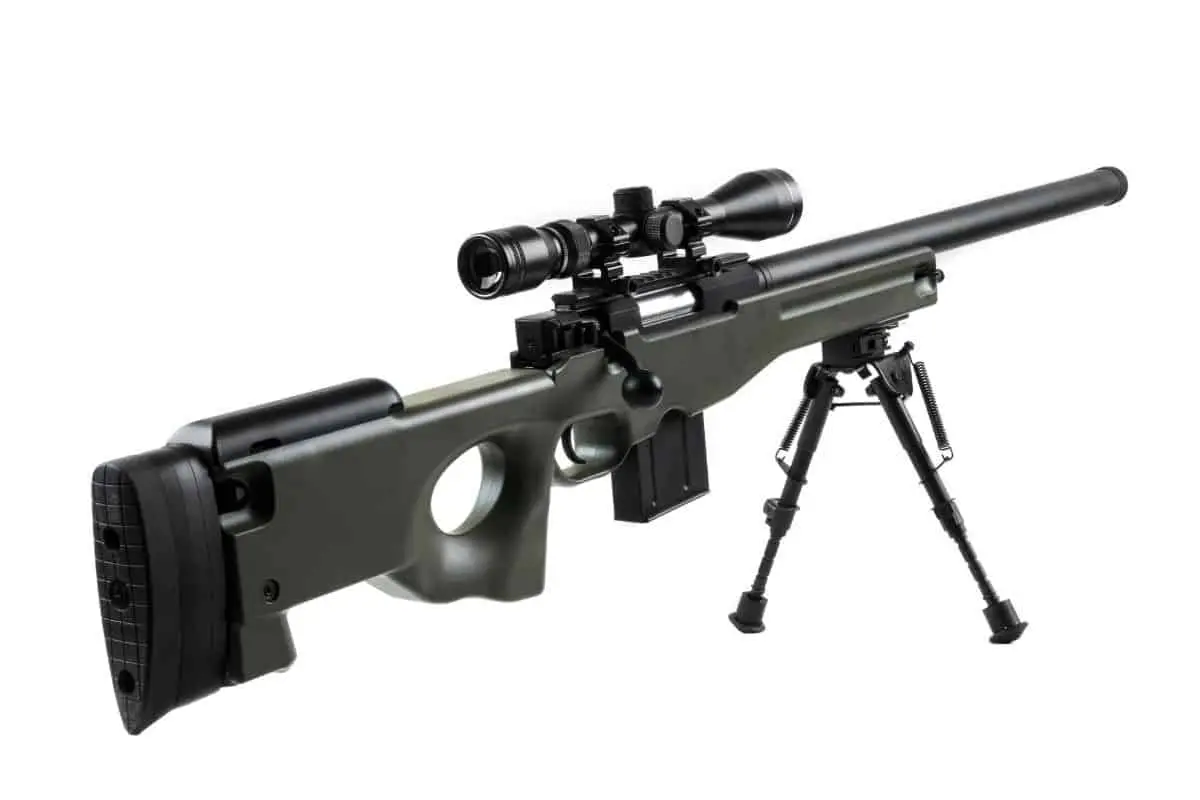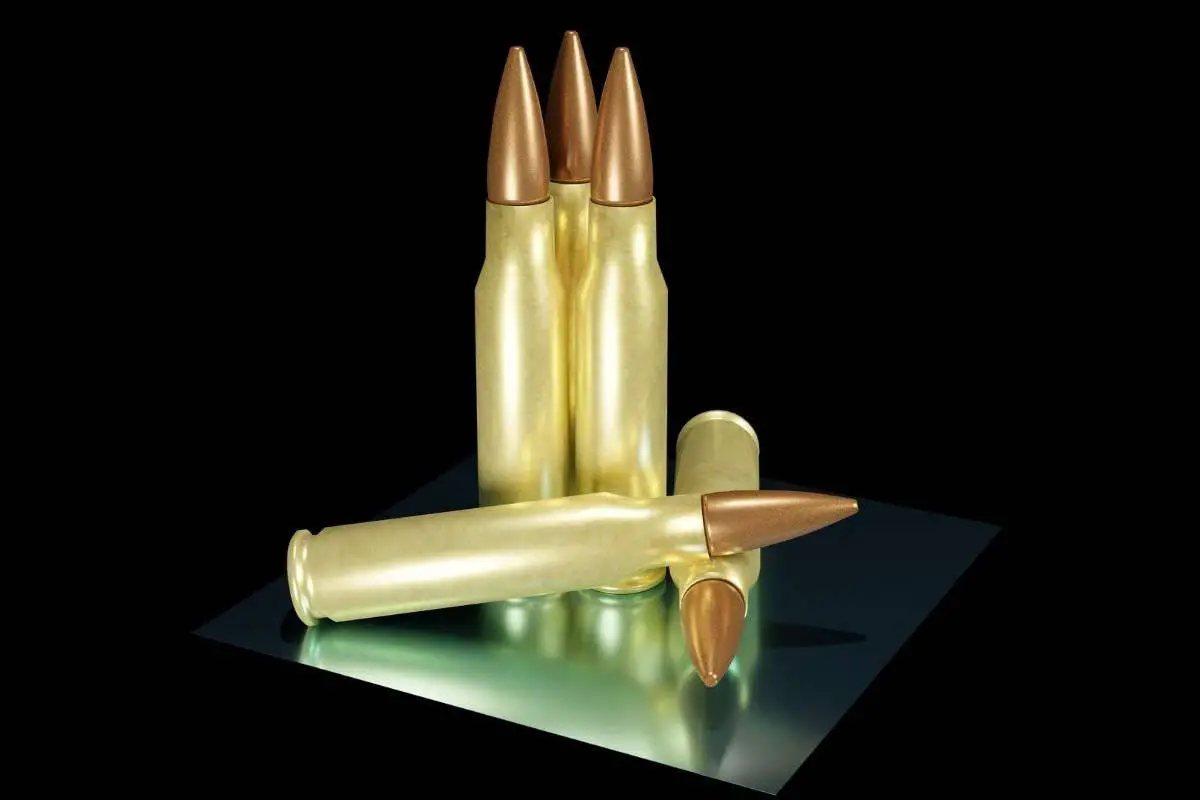The Remington 700 is a bolt action rifle produced by Remington Arms that first debuted in 1962, applauded for its versatility, the 700 can be found in many different configurations, with changes in caliber, stock, and barrel all possible depending on your preference.
And whilst it is available in various different calibers, the most common utilizes the Winchester .308 round, the civilian version of NATO’s 7.62×51, however, there are differences between the two rounds and often confusion as to whether these rounds are interchangeable – something we aim to explain below.

History Of The 7.62×51 And The Winchester .308
The 7.62×51 round was born out of necessity, after the Korean War, the US realized that it needed to replace the 30-06 Springfield round that had been so successful throughout their campaigns in World War 2.
Furthermore, Germany’s success with the STG-44 and Russia’s success with the AK47 had put pressure on the US Military to update their arsenal as soon as possible.
The US was looking for a cartridge that would be suitable for both short and long-range combat, and one that could also be suitable for both semi-automatic and fully automatic firing, especially as their counterparts had managed to successfully engineer fully automatic carbine rifles at this time.
Development of this new round began in the early 1950s, and trials were hugely successful, but before the cartridge could be accepted by the US Military, it was released to the civilian market as the Winchester .308 in 1952, as Winchester themselves foresaw just how popular the cartridge would become.
In the civilian market, it became a resounding commercial success, especially amongst the hunting community – so much so, that it is still an extremely popular cartridge today! The Military then later approved the .308’s twin, the 7.62×51, for use in 1957.
History Of The Remington 700
The Remington 700 was developed as an upgrade to the previous Model 30 sporting rifles whilst also lowering the cost, this was done by using a cylindrical receiver produced by a cylindrical bar stock turned on a lathe instead of being machined – reducing the cost dramatically.
Whereas accuracy was improved via utilizing tighter tolerances in the chamber and bore, with a shorter leade, and a faster lock time.
The Remington 700 isn’t just popular with the hunting community, however! Both the military and the marine corps utilize variations of the 700, with the designs for the M24 and M40 used being based on the Remington 700.
And it isn’t just the US that utilizes this versatile rifle, countries such as China, Australia, and Indonesia all use the 700 in some capacity, which just demonstrates how reliable it is!
Differences
There are various differences between the Winchester .308 and the 7.62×51 other than their intended applications – with one being a military cartridge and the other a civilian cartridge.
Aspects such as case sizing, chamber size, and pressure capacity, despite initially seeming like small differences, can have massive effects on the cartridge overall.
These differences can be slightly confusing if you are new to shooting or a new gun owner, so we will explain all of them thoroughly in the next few sections below.

Case Sizing
Despite having almost the same external dimensions, the 7.62×51 NATO round has thicker brass walls than that of the Winchester .308, which ultimately means that the 7.62×51 has less room for powder within its casing.
Despite this, most military rifles chambered in 7.62×51 tend to have larger chamber sizes and headspaces, which is discussed further below.
Furthermore, the .308 Winchester round has a much higher pressure than the NATO 7.62×51 round, which is important to note when considering if the two are interchangeable.
Chamber Sizing
Whilst their external size differences remain wholly the same, their chamber sizing does not.
The headspace (distance measured from the closed chamber’s face to the chamber feature that limits the depth of the cartridge that can be placed inside) on a Winchester .308 round is about 1.630”, in comparison to the NATO 7.62×51’s headspace of 1.6405”, with a difference of up to 0.0013” between the two.
This difference is because military chambers generally have to account for looser tolerances in ammunition manufactured by different members of NATO, which civilian rifles don’t.
Are They Interchangeable?
The answer to the question of whether the two rounds are somewhat dubious, as a general rule, is that it is safest to only fire the caliber of round that your firearm was intended for in order to avoid any possible malfunction to the gun or potential harm to yourself. In addition to this, it may also affect your warranty with the manufacturer.
However, according to the Sporting Arms and Ammunition Manufacturer’s Institute (SAAMI), it is not considered unsafe to fire a round in firearms chambered for either the 7.62×51 NATO or the .308 Winchester.
The lower pressure 7.62×51 should chamber and fire with ease in most .308 chambered rifles, including the Remington 700.
However, issues arise when you attempt the reverse, attempting to use .308 rounds in a 7.62×51 chambered rifle will cause serious damage to your firearm due to most rifles of that caliber not being capable of handling the higher pressure Winchester .308 rounds.
Therefore, if you own a rifle intended to shoot 7.62×51, it is best to stick to that caliber only.
Conclusion
Overall, the differences between the two rounds are almost minimal, which is why so many people seek to try and use the rounds interchangeably.
However, doing this could have both expensive and potentially dangerous consequences. As a rule, rifles chambered for Winchester .308 can handle 7.62×51 rounds perfectly fine, but rifles chambered for 7.62×51 rounds should stick to this caliber only.

